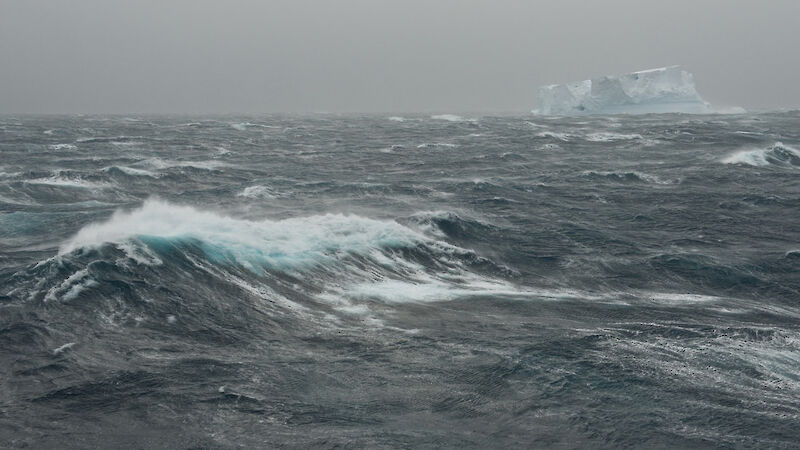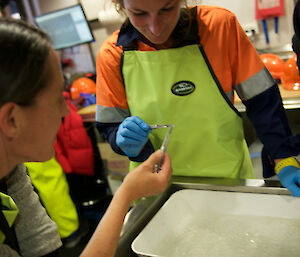Scientists from Australia and the European Union have joined forces to better understand the role of micronekton in the marine food web, holding the first project meeting of the new partnership in Hobart today.
The Mesopelagic Southern Ocean Prey and Predators (MESOPP) project focuses on micronekton, which are small fishes, crustacean, squids and jellies that measure between 1 and 20cm.
Head of Southern Ocean Ecosystem Research at the Australian Antarctic Division, Dr Andrew Constable, said while micronekton form the diet of larger fish and predators their exact role in the marine ecosystem is not currently well understood.
“The influence of micronekton on Antarctic krill and krill predators is a major gap in our knowledge of Southern Ocean ecosystems,” Dr Constable said.
“Filling this gap is central to the Commission for the Conservation of Antarctic and Marine Living Resources (CCAMLR) being able to manage fisheries in the face of climate change.”
MESOPP is looking at methods of integrating real world data into marine ecosystem models, including fisheries management models.
“On the global scale, many large and exploited fish stocks with significant value for the blue economy feed on micronekton.
“This new partnership will develop a system to integrate acoustic observations into food web models to estimate the biomass of micronekton across the Southern Ocean,” he said.
The MESOPP project will run until mid-2019, and the scientists hope the data collection and interpretation methods can be rolled out worldwide.
The project has eight partners, including the Australian Antarctic Division and is led by Dr Patrick Lehodey from the Collecte Localisation Satellite in France.
“Monitoring and reporting on micronekton will help to ensure the future sustainability of ecologically important species, as well as the conservation of their predators,” Dr Lehodey said.
“Coordinated research between the European Union and Australia will allow shared scientific questions to be answered, particularly around the impacts of climate change on micronekton populations.
“Understanding this component of the marine ecosystem is central for the understanding of fish population dynamics.”
CSIRO Senior Research Scientist, Dr Rudy Kloser, said micronekton are believed to be relatively abundant at depths between 200 and 1000 meters.
“Gathering more knowledge about micronekton will enable marine ecosystem researchers to contribute to tackling large scale societal and economic challenges facing mankind over the next 10 years such as environment, food and bio-economy,” Dr Kloser said.
The project has received $1.5m from the European Union through its Horizon 2020 science and innovation programme.
The project is supported by the Collecte Localisation Satellite, CSIRO, Australian Antarctic Division, Antarctic Climate and Ecosystems Cooperative Research Centre, Institute for Marine and Antarctic Studies, British Antarctic Survey, Universite Pierre et Marie Curie, Institute of Marine Research (Norway) and University of St Andrews (UK).


